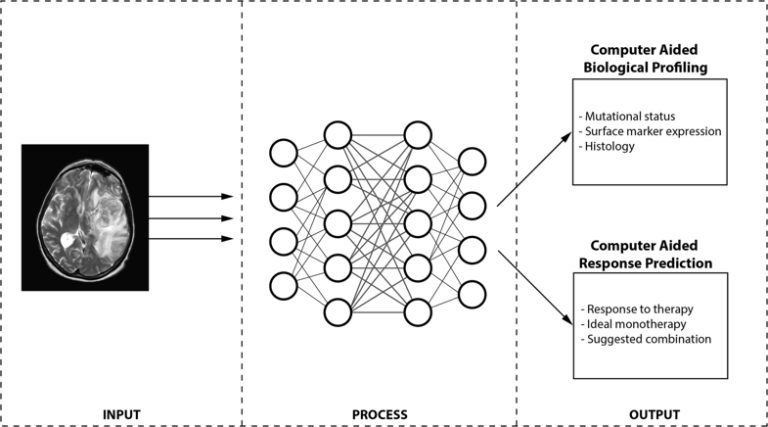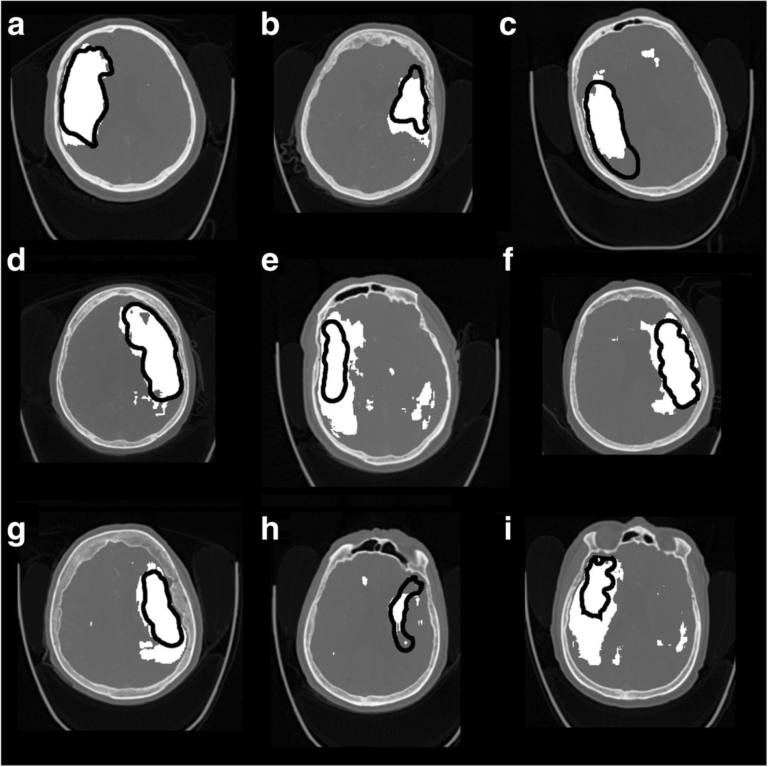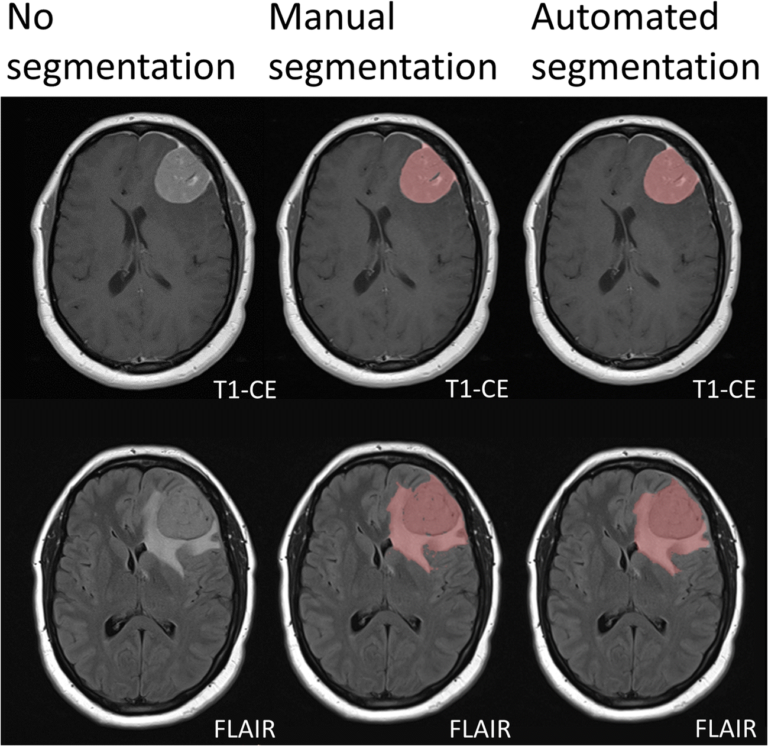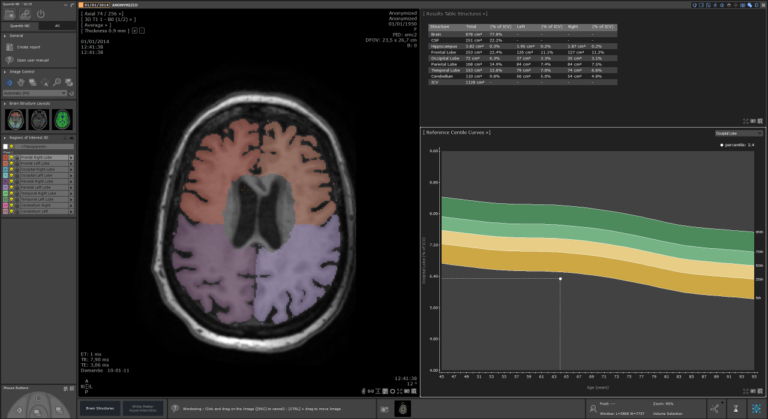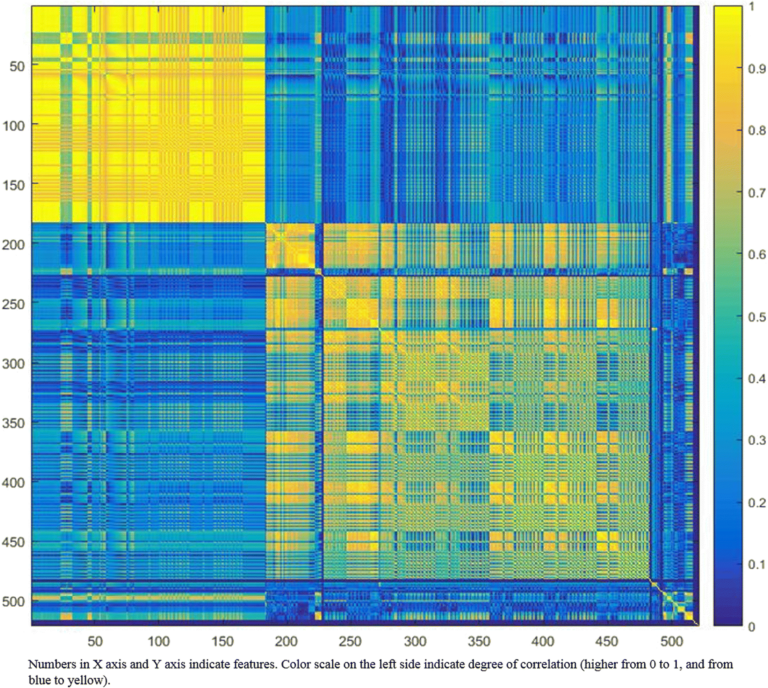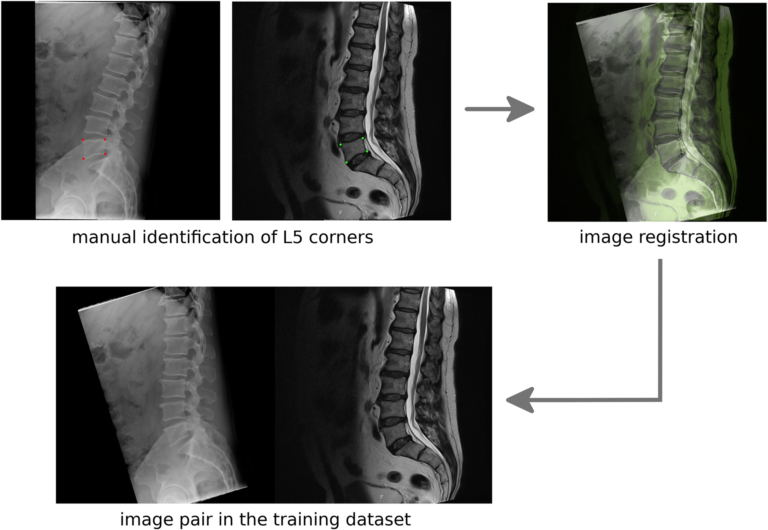
Using deep convolutional neural networks (dCNN) to mimic human decision-making
I believe artificial intelligence, more specifically deep convolutional neural networks (dCNN), could be used to classify US breast lesions. In our study, the implemented dCNN, with its robust sliding window approach, has demonstrated that high accuracies in the classification of US breast lesions can be reached using AI. In order to be integrated into the clinical workflow, classification strategies based











